Toilet Knees: An Undescribed Cause of Knee Pain
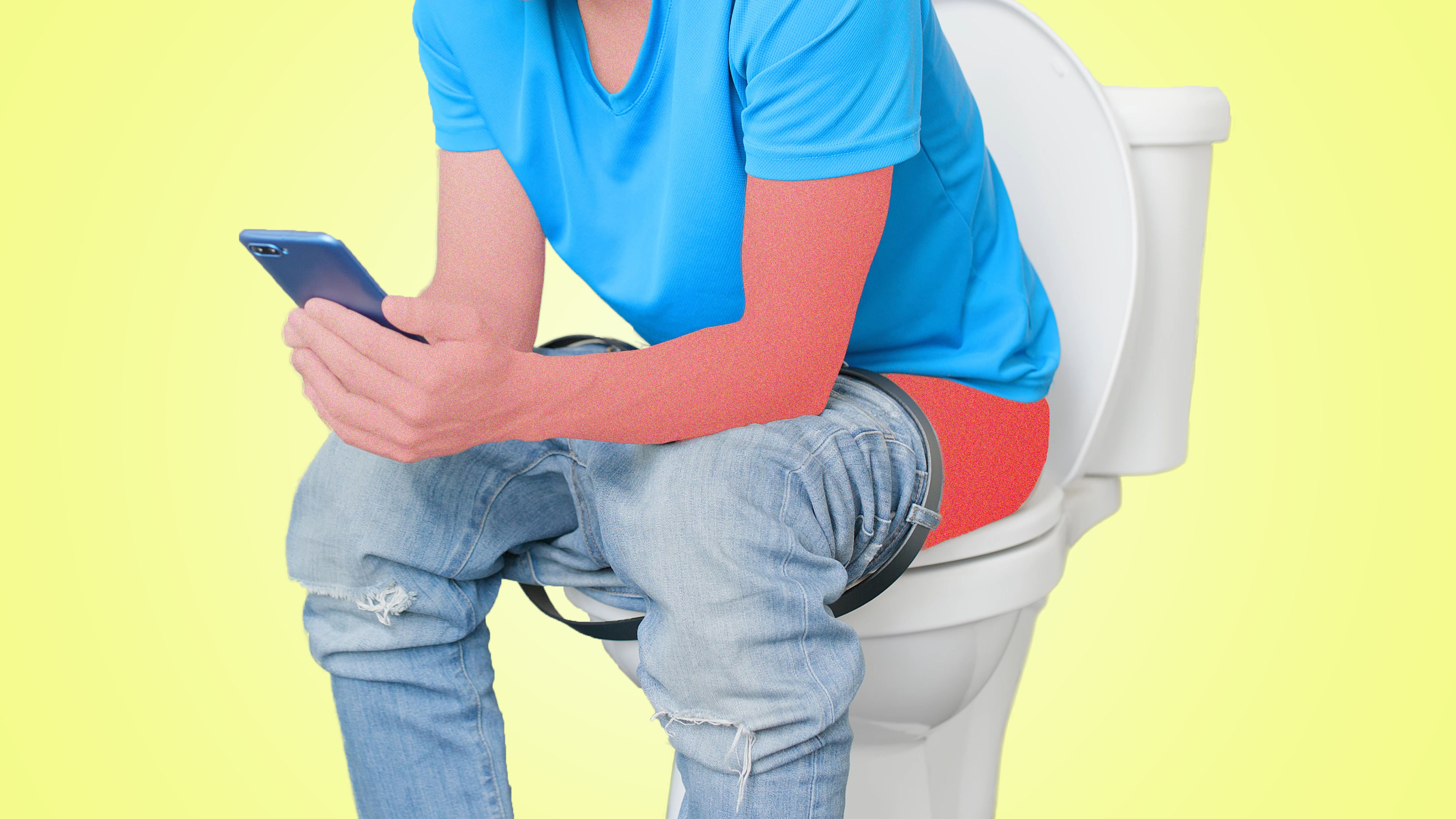
Toilet knees. Heard of it?!
Well, if you are saying no, it is because I am not aware of anyone coining the phrase for this injury yet. Many of us spend a considerable amount of time each day in the restroom sitting on the toilet, some more than others. Is there harm in doing this? Well, one thing you can develop is a condition I have coined the phrase “toilet knees.” Toilet knees is myofascial triggering of the quadriceps muscle, most commonly the rectus femoris, which can cause a referred pain down to the knees, notably the superior aspect of the kneecap. I have seen many patients who have presented with this condition to my clinic, typically complaining of pain in the knees, not in the thigh (which is the actual source of the problem). Asking a patient “do you spend time sitting on the toilet with your elbows dug into your thighs?” is not a common history-taking question to be asked by the physician; so you may have to bring this up yourself to your doctor if you suspect this condition!
So if you have “toilet knees,” how do you go about treating it? Myofascial trigger points can be treated several ways. Performing deep myofascial tissue massage, sometimes using tools like a foam roller, lacrosse ball, Theracane, or percussive device (such as a Theragun), can help. As a D.O. (Doctor of Osteopathic Medicine) I have some Osteopathic Manipulative Treatment (OMT) techniques that work well to treat myofascial trigger points; including myofascial release, fascial distortion model, and counterstrain techniques. Sometimes the quickest way to fix a myofascial trigger point is by performing a trigger point injection. Trigger point injections are done by using a little bit of numbing solution (lidocaine), so it doesn’t hurt, and inserting the needle into the muscle, and using the needle to release the tension/triggering in the muscle. Often this can provide instantaneous release of the trigger point, and instantaneous pain relief for the patient. So, it is both diagnostic as well as therapeutic! Diagnostic in that after treating the trigger point, the knee pain, which is distal to that, will spontaneously resolve. Therapeutic, in that after treating it, hopefully the pain will not return.
To help prevent toilet knees, it is important to be mindful of this condition. Try to avoid prolonged pressure into your thighs, notably with something sharp and boney, like your elbows. In general, try to not spend too much time on the toilet! By correcting this, this should not be a recurrent condition.
If you feel you have this condition, or feel you have a trigger point or other injury that could be benefited by some of the above-mentioned treatments, then we can quickly get you in to evaluate and treat this!
Comments (3)
Unfortunately we cannot legally give out any professional advice on here, these blogs are meant to be informative but are not replace medical care. If your daughter is having issues I would recommend you take her in to see her doctor.
My daughter

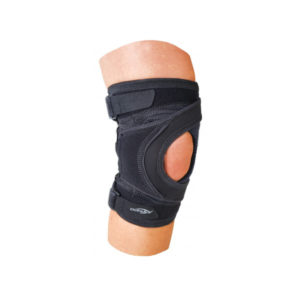
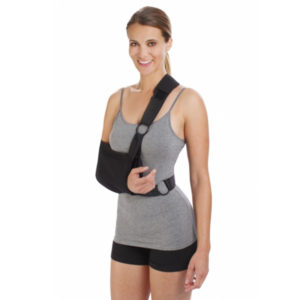
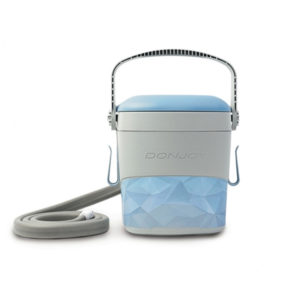
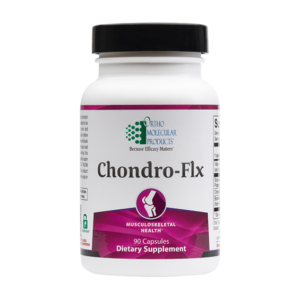

My durante 6years old when sit on toilet after a minute carrying pain in knee but she is normally walking running jumping but when sit in toilet tomuch paining please help what i should do? Thanks SAJID MUHAMMAD AKHTAR